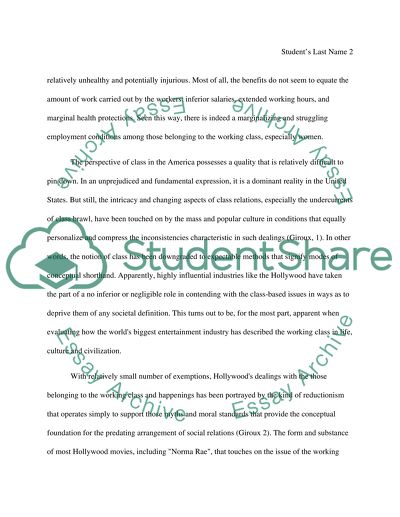Cite this document
(“Culture critique of dominant economic narrative assignment Essay”, n.d.)
Retrieved from https://studentshare.org/gender-sexual-studies/1473620-culture-critique-of-dominant-economic-narrative
Retrieved from https://studentshare.org/gender-sexual-studies/1473620-culture-critique-of-dominant-economic-narrative
(Culture Critique of Dominant Economic Narrative Assignment Essay)
https://studentshare.org/gender-sexual-studies/1473620-culture-critique-of-dominant-economic-narrative.
https://studentshare.org/gender-sexual-studies/1473620-culture-critique-of-dominant-economic-narrative.
“Culture Critique of Dominant Economic Narrative Assignment Essay”, n.d. https://studentshare.org/gender-sexual-studies/1473620-culture-critique-of-dominant-economic-narrative.


